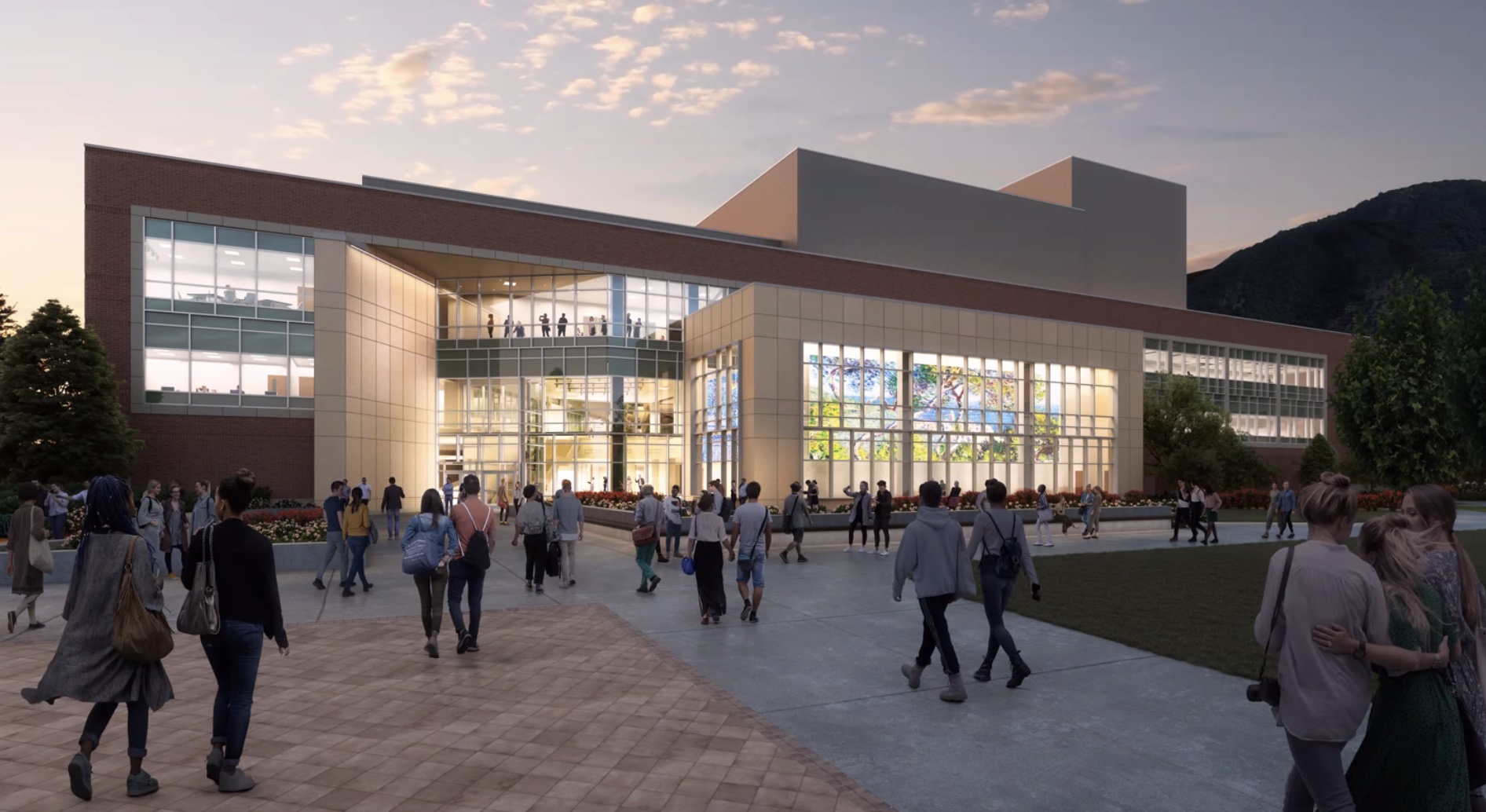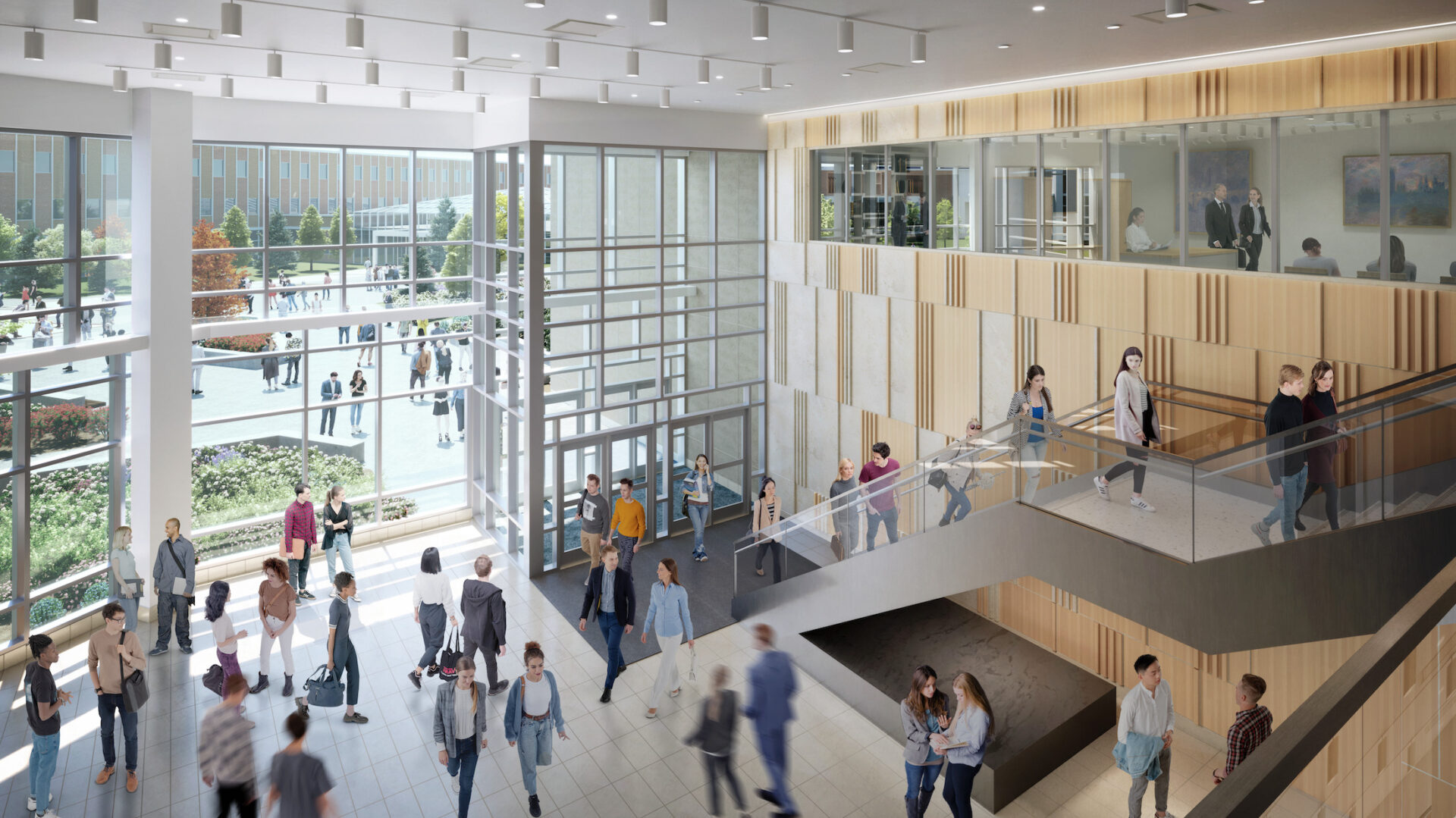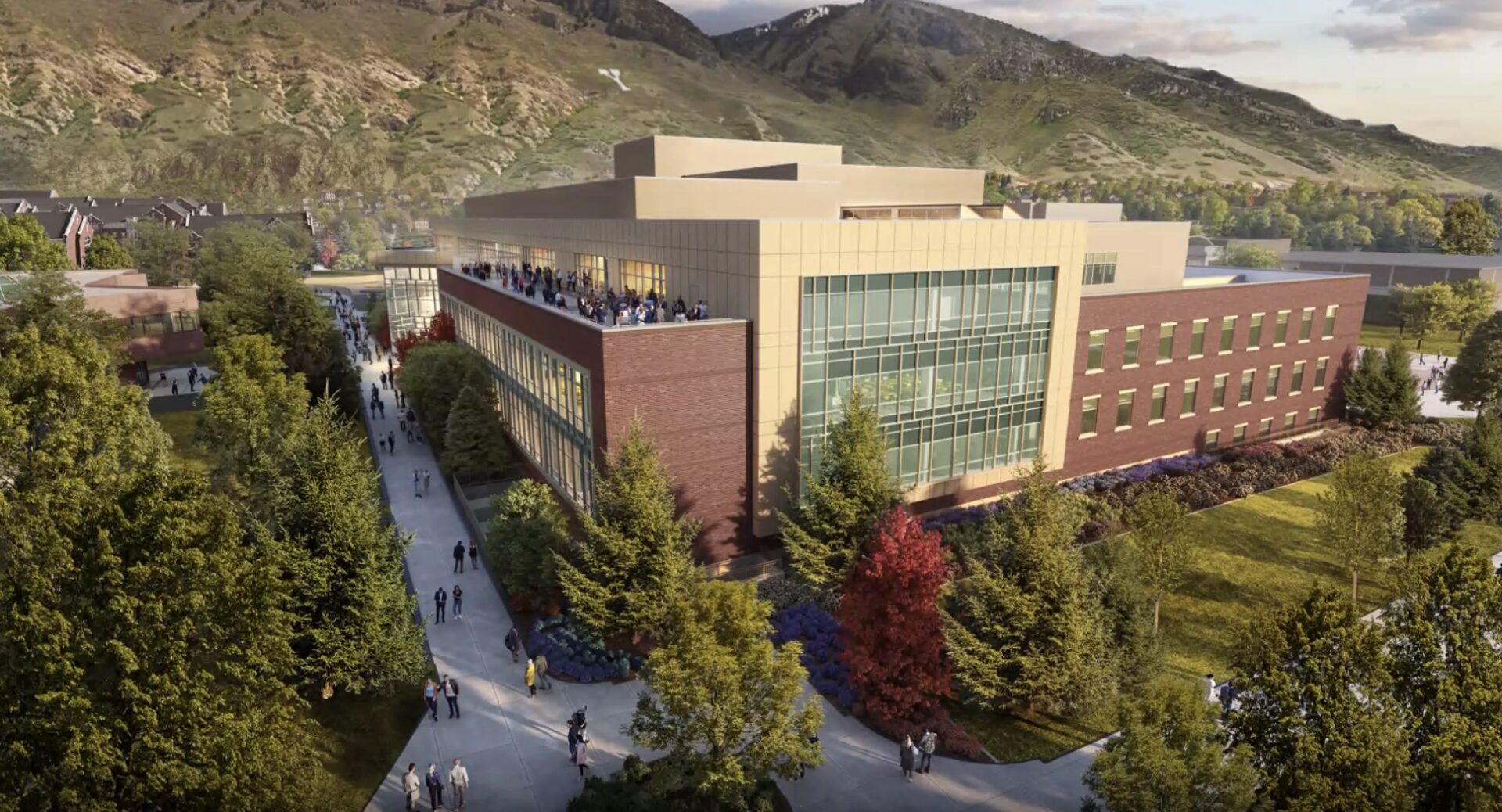
BYU announced Monday, June 6, plans to demolish the Harris Fine Arts Center and construct a new arts building in its place.
Construction will begin in 2023 and the project is planned to be completed by the fall of 2025.
The rebuild is necessary to update the building’s features to meet the modern needs of the BYU arts programs and create better performance spaces.
The HFAC was constructed in 1965 and according to Ed Adams, Dean of the College of Fine Arts and Communications, the art programs have evolved since its construction.
“The building was built for arts at the time and not the arts that exist today,” Adams said.
Adams said new programs which didn’t exist in 1965 such as film, animation, design, and photography don’t have the proper spaces they need to create their work.

The new art building will help readdress issues such as film students not having proper studios to film nor cinemas to showcase their work and music students not having proper performance and practice spaces.
Another issue is the stacking of performance halls and the lack of backstage space.
“If you look at how we come to performance events on campus, everything is in this building,” Adams said.
Adams said the amount of stacked stages makes it difficult for students since there is a lack of a backstage, issues with the sound transfer and the number of spaces is hard to manage with crowds.
In the HFAC, there are five performance spaces built on top of each other. Adams said the lack of a backstage, issues with the sound transfer, and difficulties to manage crowds have made it hard for students to perform.

According to Adams, this new building combined with the new music building will help better meet the needs of students and elevate the arts programs.
The new arts building will have new additions which will help to elevate the art programs at BYU such as a 180-seat cinema for the film program, media viewing rooms and a production studio.
The new building will also count with new performance spaces, a studio theatre and a main stage theatre, which will have 800 seats and will offer a more up-close experience for audiences and performers.
In addition, the construction plan includes art galleries, a secured patio area, proper backstage areas and a jewel box to showcase artwork tho those who pass by.

Another special feature of the building will be a meditation garden on the east side of the building. According to Adams, this garden will provide students refuge, rest and a space for creative thinking.
The creation of the building has been seven years in the making since Adams was appointed dean of the College of Fine Arts and Communications in June 2015. The building is projected to be finished in the fall of 2025.
The building will begin construction after the completion of the music building in November or December of 2022. All of the arts programs are relocating west of campus at the former Provo High School.
The music programs will stay in the HFAC until the completion of the music building, but the arts programs are moving now to give time to make accommodations.
As faculty are moving into Provo High School, they have had to be innovative to change the space to give students a creative space for the next three years.
“They are embracing it. I am really proud of our people and our college,” Adams said.




